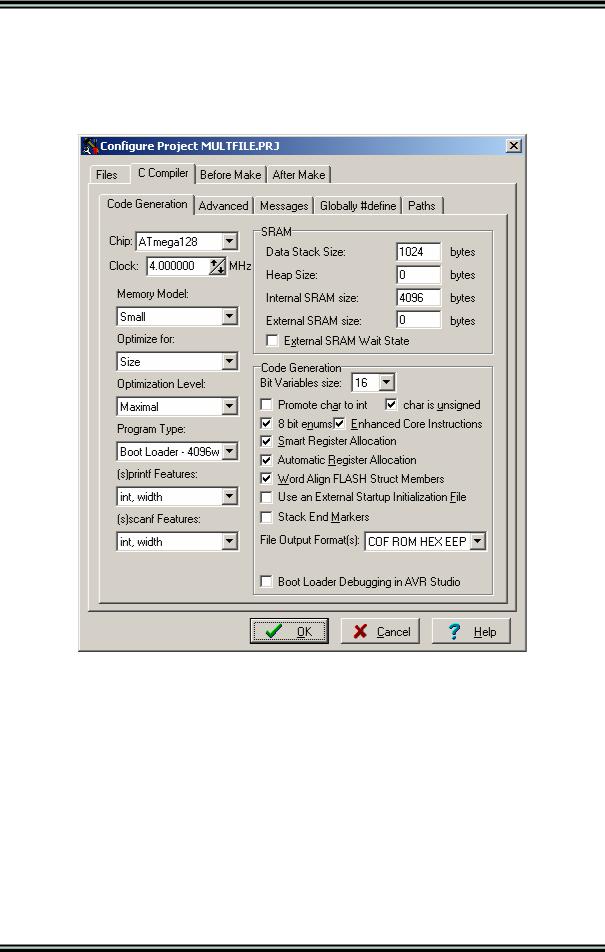

Within each category relevant to a CERCLA phase, sub-categories exist to allow for the organization of correspondence, data, work plans, contracting information, technical reports, decision documents, and other associated documentation. Documents are assigned to categories based on their relevance to the approval of the site, historical or reference content, and generation during a phase of the investigation and remediation process. The categories are based upon a combination of the USACE site approval process and the CERCLA process. The document organization system allows for the assignment of each individual document to one of approximately 150 categories. The primary components of the FIIP which address the challenges faced by the FUSRAP Program include: the development of a standardized document organization system the standardization of electronic conversion processes the standardization of file naming conventions and the development of an automated data capture system to speed the process and reduce errors in indexing. The system, known as the FUDS Information Improvement Plan (FIIP), was jointly developed by the USACE Hazardous, Toxic, and Radioactive Waste Center of Expertise (HTRW-CX), USACE Rock Island District, and several FUDS contractors (including Dynamac Corporation) in 2003. In 2004-2005, the USACE Buffalo District contracted with Dynamac Corporation to adapt the records management system developed for the Formerly Used Defense Sites (FUDS) Program to the records for the Luckey and Painesville FUSRAP sites. The USACE faces many challenges in managing the vast amount of data, correspondence, and reports generated under this program, including: management of data and reports in a variety of paper, electronic, and microfilm formats incorporation of records generated by the Department of Energy (DOE) prior more » to 1997 ensuring smooth flow of information among numerous internal Project Managers and regulators and facilitating public access to information through the development of CERCLA Administrative Records and response to Freedom of Information Act (FOIA) requests. Army Corps of Engineers' (USACE's) performance of site investigation and remediation under the Formerly Used Sites Remedial Action Program (FUSRAP) requires the use of a records management system in order to effectively capture and manage data, document the decision making process, and allow communication of project information to regulators, congress, and the public.


This paper summarizes the mission, structure, and administration of ICEECER and provides information on the projects conducted through this program at FSU. Through more » ICEECER, numerous international conferences, symposia, training courses, and workshops have also been conducted on a variety of environmental topics. Areas of interest include risk assessment, toxicology, contaminated site remediation/characterization, waste management, emergency response, environmental technology development/demonstration/transfer, and some specialized areas of research (e.g., advanced chemical separations). ICEECER consists of a number of joint centers which link FSU, and US as well as international funding agencies, to academic and research institutions in Hungary, Poland, the Czech Republic, Russia, and the other countries of Central and Eastern Europe and the Newly Independent States.

The Institute for Central and Eastern European Cooperative Environmental Research (ICEECER) at Florida State University was formed in 1990 soon after the end of the Cold War.


 0 kommentar(er)
0 kommentar(er)
